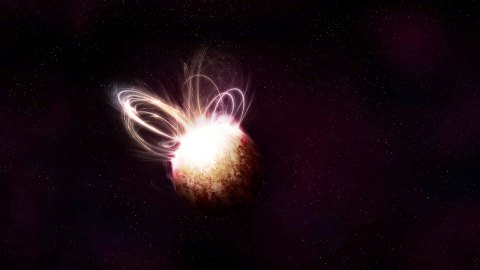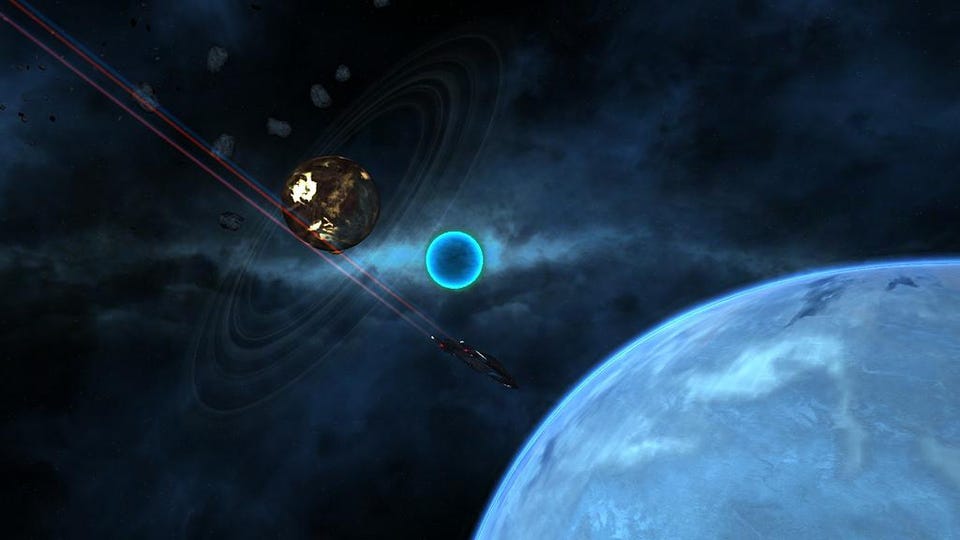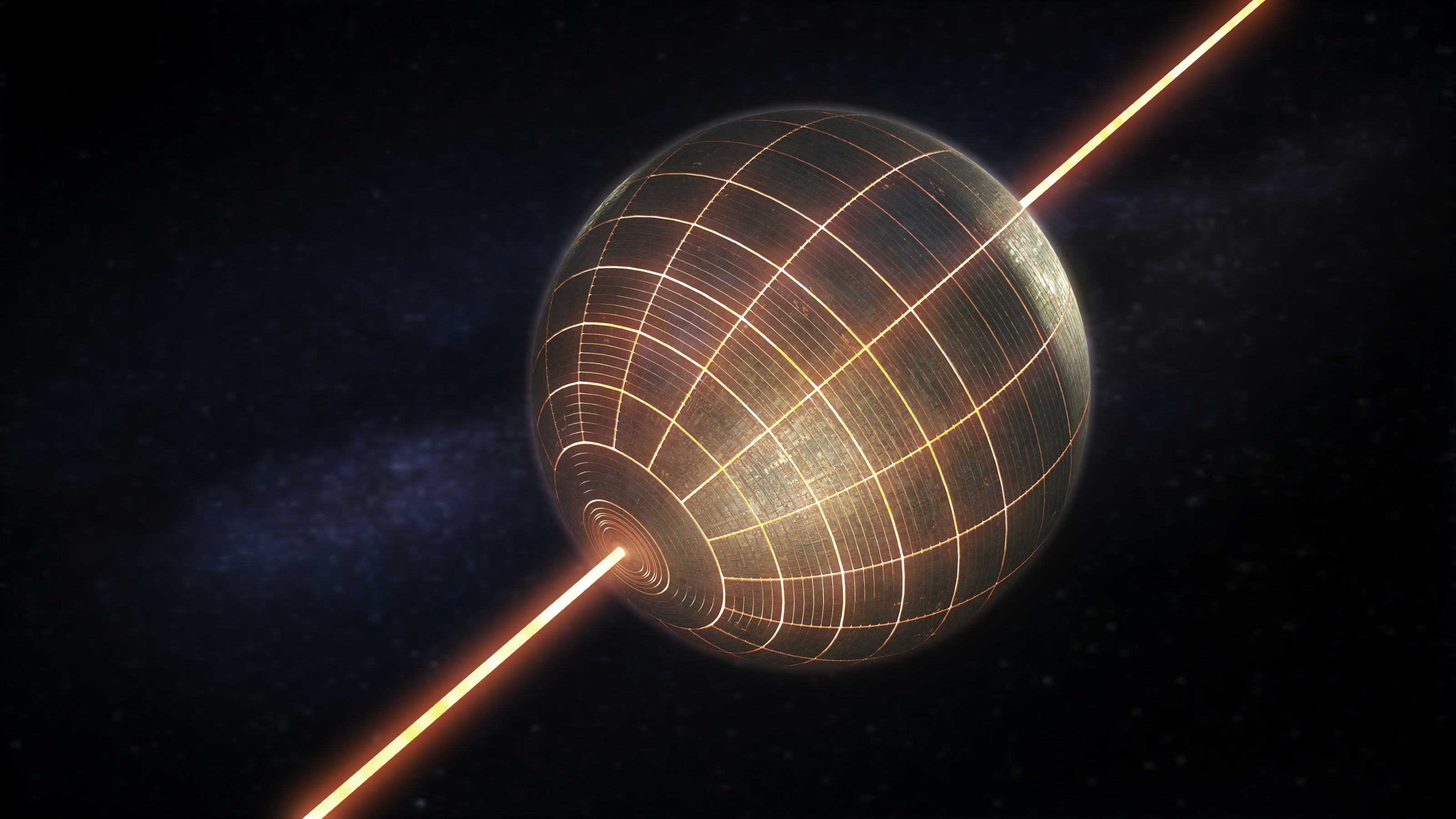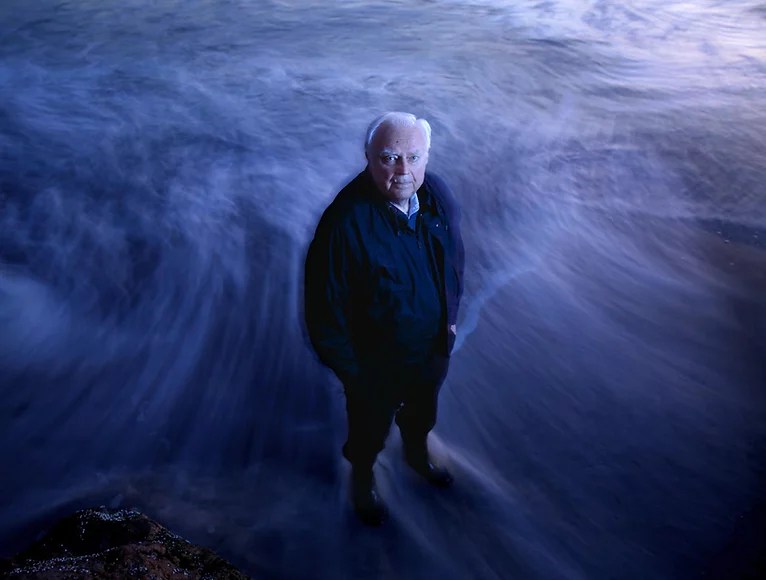Scientists Searched 100,000 Galaxies For a ‘Supercivilization’

Hello, Universe? Is anyone else out there?
It’s a question mankind has been asking for generations — are we alone? It’s hard to think that with the limitless possibilities for worlds out there that we are unique. But after searching 100,000 galaxies for waste and heat signatures that would be emitted by advanced lifeforms, scientists have turned up empty-handed. However, astronomer Jason Wright, who began to search the cosmos, isn’t deterred.
In an interview with Maddie Stone from Motherboard, he said:
“This is a pilot project, and I would have been stunned to see aliens using all of the starlight in a galaxy somewhere.”
Wright’s project is all part of a large study in the search for intelligent life that has appeared in the Astrophysical Journal Supplement Series. But not just any form of life, life that contains a Kardashev Type III supercivilization. For reference, we aren’t even considered a Type I civilization on this scale — a civilization that utilizes all the planet’s available resources. So, yeah. He’s searching for life that’s more intelligent than us.
Michio Kaku predicts we’ll reach Type I civilization in 100 to 200 years, and Type II in a few thousand. Type II would be humanity’s ability to harness the power of our own sun. As it stands, Kaku believes there’s an efficiency problem with solar energy:
So, based on these Kardashev Types, the reason why Wright’s search methods are even plausible is because a civilization of this scale would release a significant amount of heat and energy as a result of its activities.
Wright explained his methods:
“When we look at these galaxies, we have to account for natural sources of infrared heat, such as star formation and dust. We’re now able to subtract these off and see if anything’s left.”
So far, Wright’s team has found 50 hopefuls with high levels of mid-infrared radiation, but there’s no conclusive evidence to say it’s a Kardashev Type III supercivilization, yet.
He added:
“Most of those 50 galaxies were already known to have very high rates of star formation. But for three of them, no one has ever made the measurements, so we can’t be sure.”
Read more at Motherboard.
Photo Credit: Sweetie187 / Flickr





